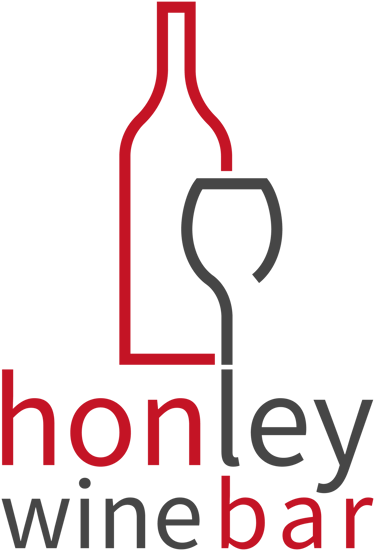
New region & new wines every month!
Region of the month
The first Thursday of every month sees us release a whole new wine list featuring a country or region and a selection of the best wines to showcase it.
There's so many amazing wine regions that just never get a look-in on most people's (and most wine bars'!) wine picks because they're lesser known regions, the labels are hard to read, the quality tiering is hard to understand or the grapes are delicious but unpronouceable.
Each month we try to introduce you to something a little new - whether it's "old old" world wines from Greece (May '25), sparkling cap cremant from South Africa this April, big barolo from Northern Italy in July, or amazing Australian in August.
Come in and check out our monthly list, illustrated with a custom artwork and accompanied by a collectable postcard by @hanloutattoo - and as always, we do everything by the bottle, the glass or in flights so you can try a little of everything.
Launch event
Each month on the first Thursday evening we kick off the new menu with a launch "party" - a selection of wines from the region we're featuring, food paired with it, an explanation of what's in the glass and how it was made by one of our lovely friendly team... and a great way to share some great wines with friends, family and friends you haven't met yet. Check out the booking links on the right for more details and to reserve your space!
Cap Classique
South Africa isn't just famous for still wines - Cap Classique (aka Methode Cap Classique or just MCC) is South Africa's contribution to the world of sparkling wine, and it's a firm favourite of ours.
Sparkling wines can be made in a few different ways - the traditional method is the way Champagne, Cava and Crémant are made and is by far the most time consuming - and thus expensive - of the ways to do it (Prosecco, by comparison, is made via the tank method, which is easier, faster and cheaper). The wines are generally fermented as whole bunches and pressed very gently so only the best quality juice (the cuvée) is used. They undergo their first fermentation as most wines do - in oak, in concrete, in stainless steel depending on the grower's choices and aims - but then crucially they are decanted off into bottles the yeast still alive in the wine. Topped up with a little sugar to give the yeast a boost, they're capped and aged in the bottle while the yeast does its thing and adds alcohol, drying out the wine by using up that sugar, and then dropping to the bottom of the bottle and breaking down gently.
It's that breakdown that gives traditional method sparkling wines their complexity - as the yeast breaks down it adds texture and body and creamy, buttery, brioche-y notes, and what sets them apart from Prosecco and other tank method sparklings.
Cap Classique can be excellent value, especially when compared to Champagne with its premium label, but it also varies more widely than Champagne does. Unlike Champagne the grapes used can be almost anything (though the Champagne trio of Chardonnay, Pinot Noir and Pinot Meunier are "suggested") and ageing can be for just 12 months (vs Champagne's minimum 15). It's typically a little more fruity than Champagne, and sometimes not as fizzy (Champagne has to be bottled at at least 6am of pressure while Cap Classique only has to be above 3).


